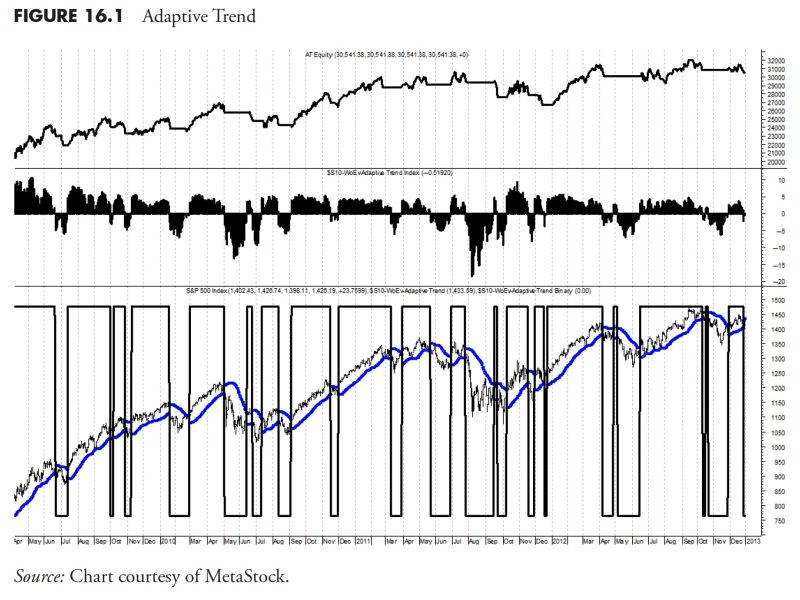In the realm of finance and investing, successful money management strategies are essential for individuals and institutions looking to maximize returns while managing risk. One popular approach is trend-following, a method that involves analyzing market trends and adjusting investment positions accordingly. In this article, we delve into the intricacies of putting trend-following to work in the context of rules-based money management.
Understanding the Basic Concept of Trend-Following
At its core, trend-following is based on the principle that asset prices tend to move in trends, whether rising, falling, or moving sideways. By identifying and following these trends, investors aim to profit from the momentum in the markets. Trend-following strategies can be applied to a wide range of assets, including stocks, bonds, commodities, and currencies.
The Role of Rules-Based Money Management
Rules-based money management is a disciplined approach that involves following a set of predefined rules to guide investment decisions. By setting clear parameters for entry and exit points, position sizing, and risk management, rules-based strategies help investors avoid emotional decision-making and maintain consistency in their trading practices.
Putting Trend-Following into Practice
When incorporating trend-following into a rules-based money management framework, several key considerations come into play:
1. Trend Identification: The first step is to identify relevant trends in the market by analyzing price movements over a specified period. This can be done using technical indicators, moving averages, or trendlines.
2. Entry and Exit Rules: Establishing clear entry and exit rules is crucial for managing positions effectively. Entry points are typically based on signals that indicate a potential trend reversal or continuation, while exit points are defined to lock in profits or cut losses.
3. Position Sizing: Determining the size of each position based on risk tolerance and account size is essential for managing risk in trend-following strategies. Position sizing rules help investors allocate capital efficiently and avoid overexposure to a single trade.
4. Risk Management: Implementing robust risk management practices, such as stop-loss orders and trailing stops, is vital for protecting capital and preserving gains. By setting predefined risk limits for each trade, investors can limit downside exposure and stay disciplined during market fluctuations.
5. Monitoring and Adjustment: Monitoring the performance of trend-following positions regularly and adjusting strategies as needed is key to staying adaptive in changing market conditions. By reviewing and analyzing trade outcomes, investors can refine their approach and optimize results over time.
Conclusion
In conclusion, putting trend-following to work within a rules-based money management framework can enhance investment decision-making and improve overall portfolio performance. By combining the systematic principles of trend-following with the discipline of rules-based strategies, investors can navigate the complexities of the financial markets with confidence and precision.

